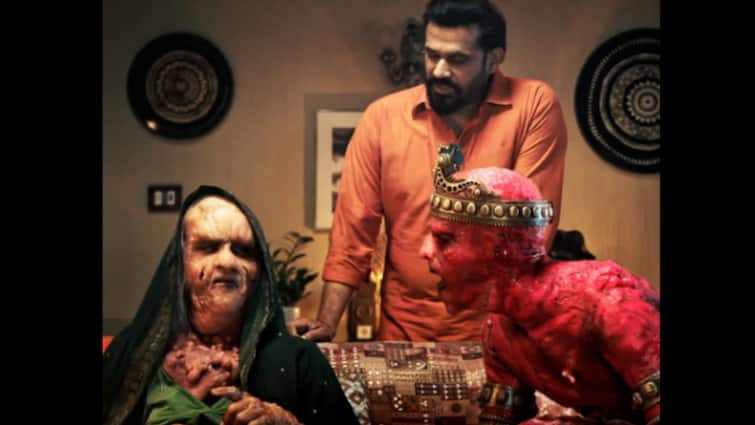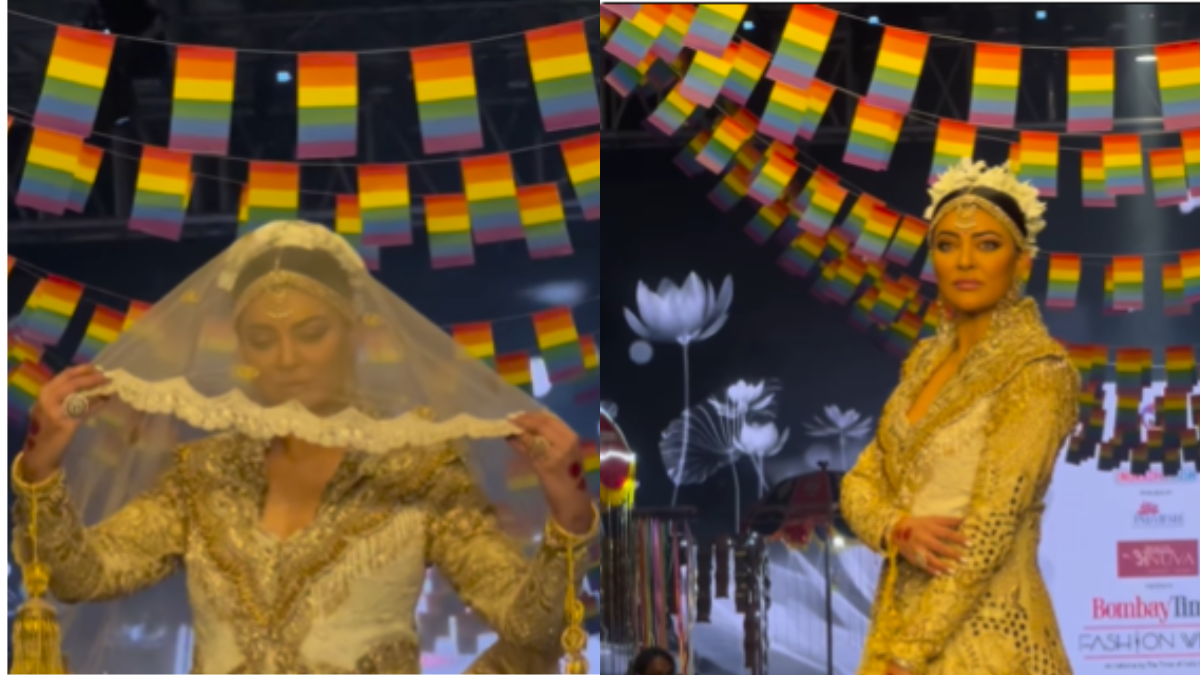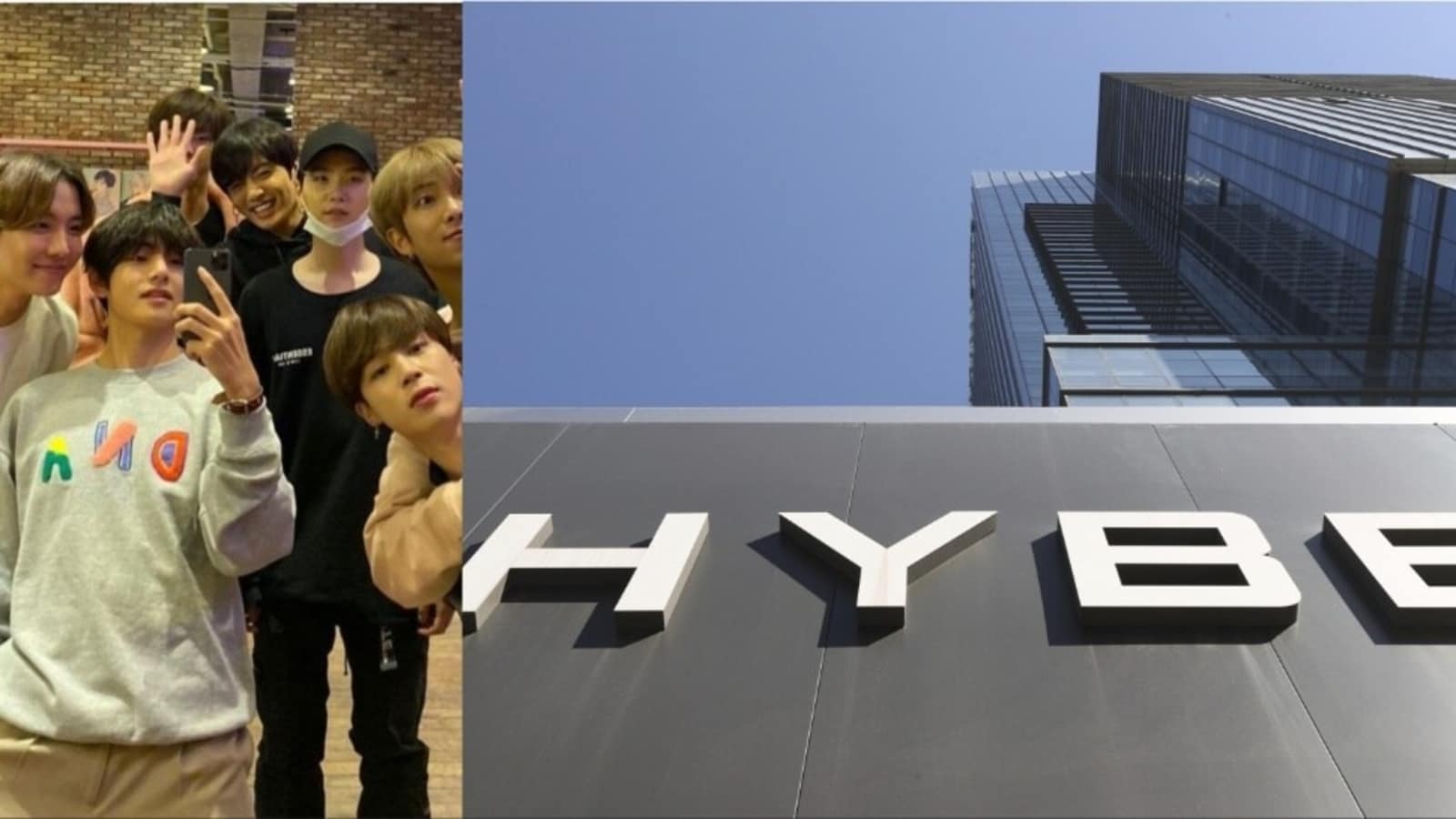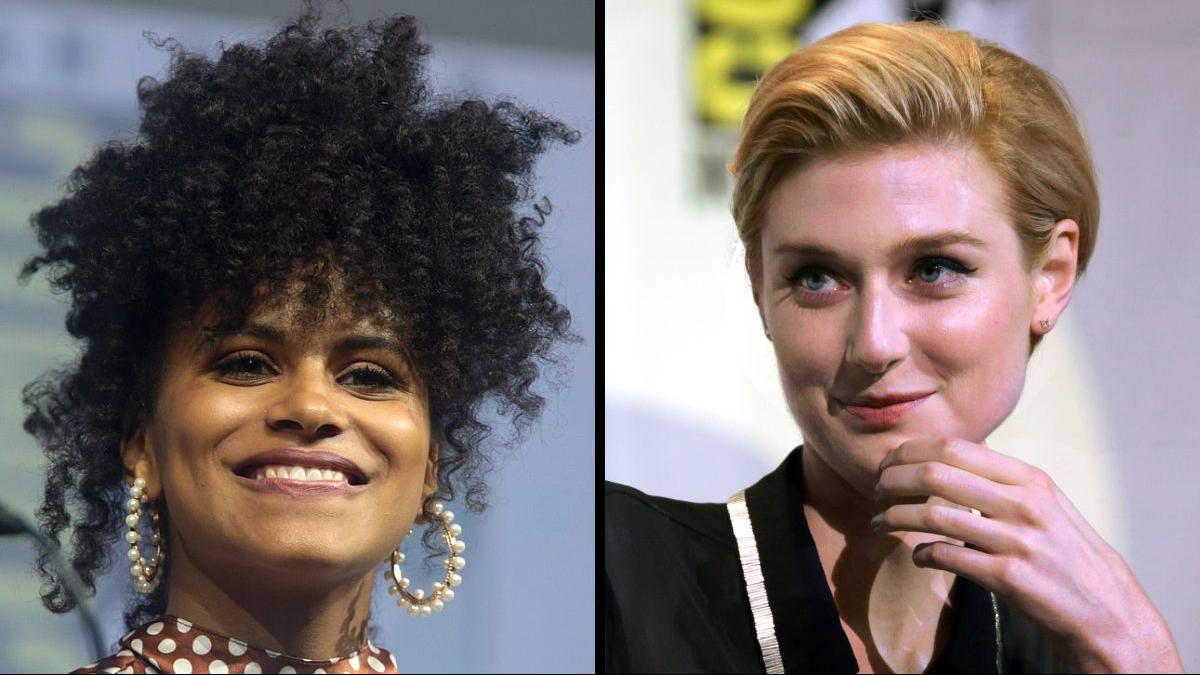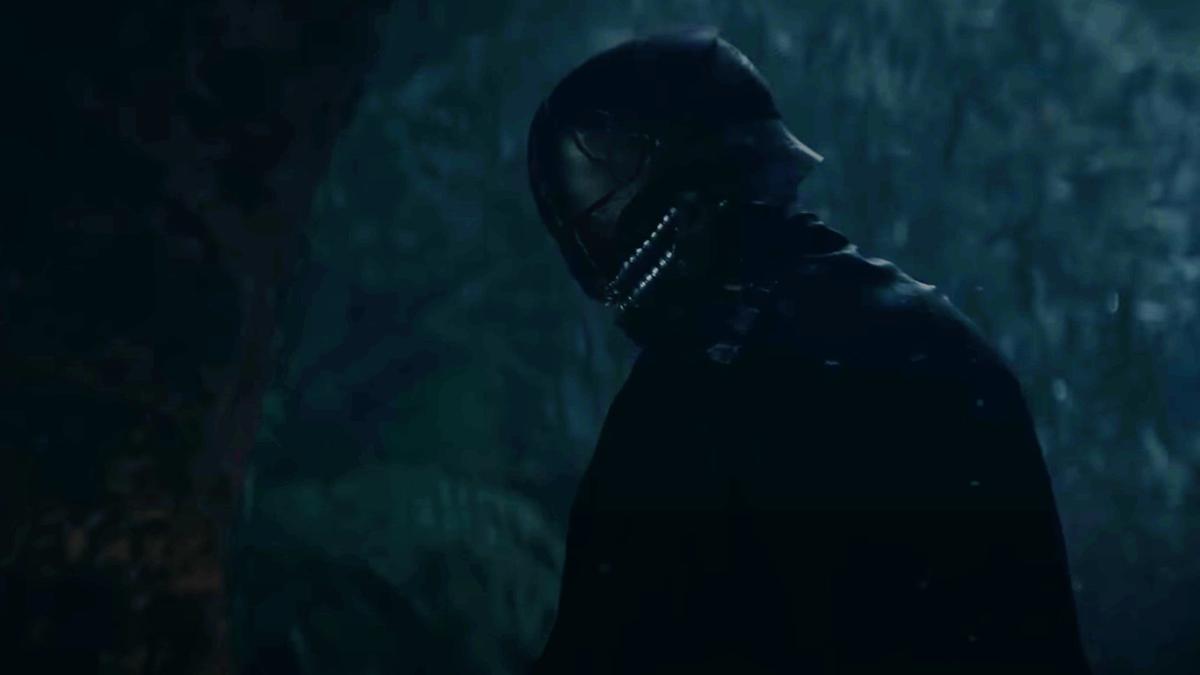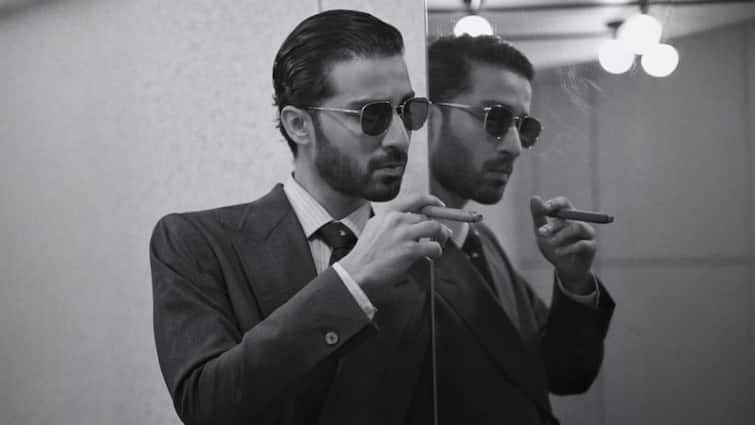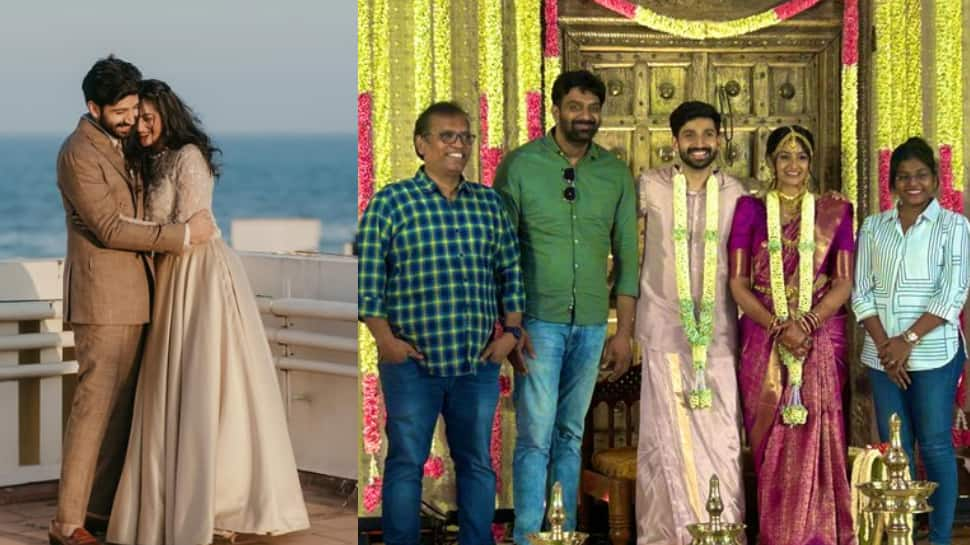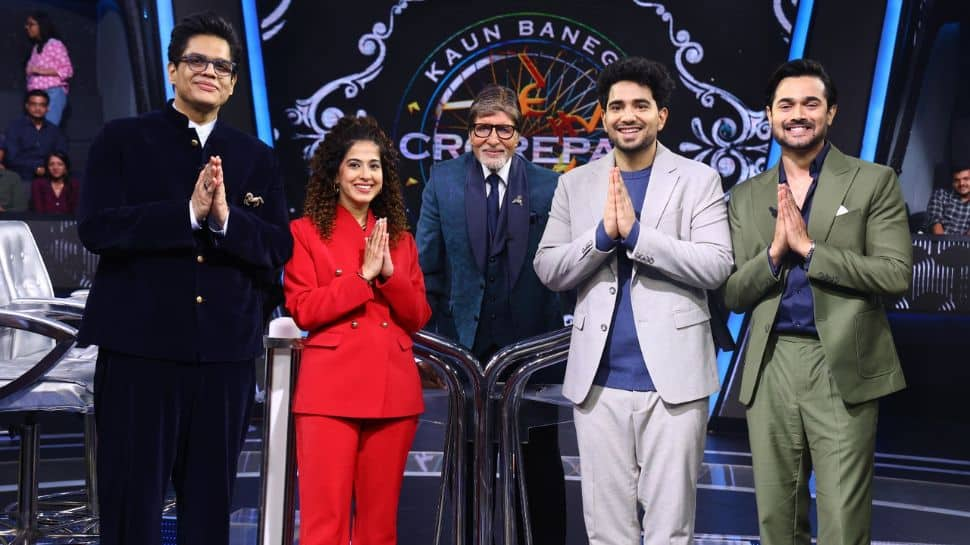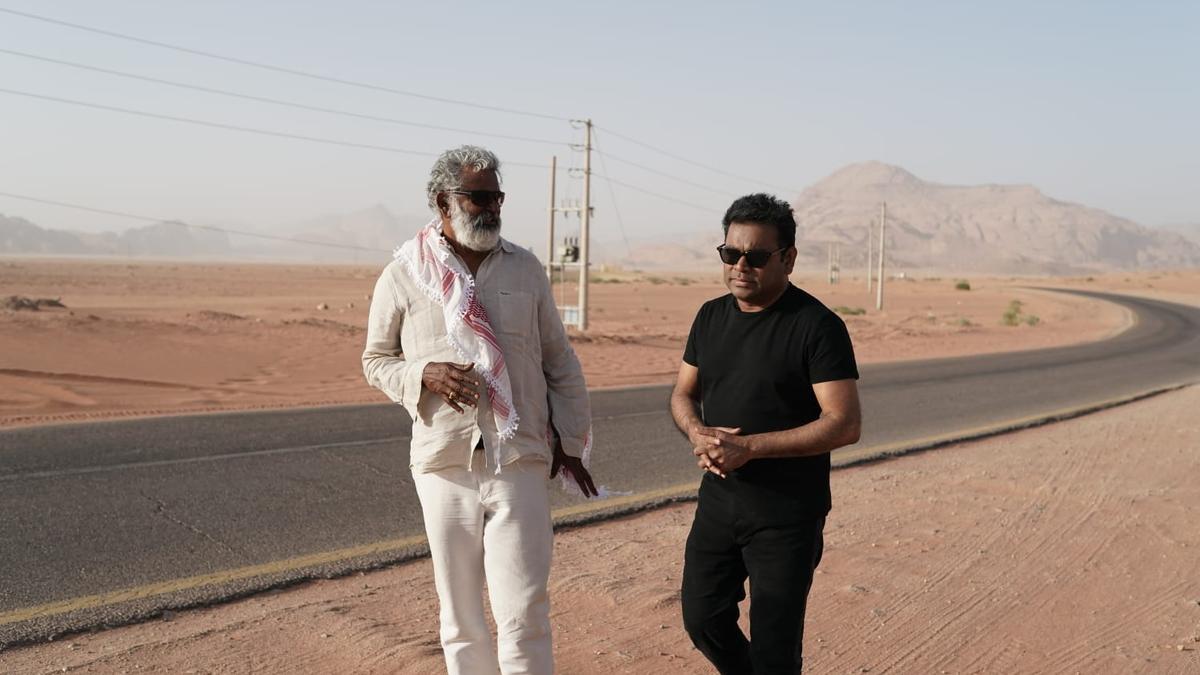
It’s been a profitable week for Blasey. Musical score of the famous Indian filmmaker’s survival drama Aadujeevitham – Life of the Goat It has received nominations in two categories at the prestigious Hollywood Music in Media Awards and is set to compete for the Golden Peacock at the upcoming International Film Festival of India (IFFI), Goa, 2024.
In Los Angeles with composer AR Rahman to bid for the Academy Awards in the general category, Blessy says the film has received wide appreciation globally, garnering excellent viewership on Netflix, which has seen viewers from 192 countries. Has reached. “I was worried about how the film would be received, but to my surprise, after the first screening, an elderly American woman came up to me with tears in her eyes. That moment made me realize that the film is really connecting with people. Screening is underway and we are hopeful of positive results.
Appears to be Ang Lee’s spiritual cousin life of piThe film is an adaptation of Benyami’s best-selling Malayalam novel adujivithamIt follows the hardships and perseverance of Najeeb, a Malayali immigrant labourer, who goes to herd goats in the Arabian desert. After years of struggle in extremely inhumane conditions, where every breath is a fight, he finds a way to escape with the help of a mysterious Somalian shepherd, Khadiri.
Shot under difficult conditions, the film’s theme of migration and survival, clearly expressed by Prithviraj Sukumaran, has transcended geographical and linguistic barriers to become a symbol of the human spirit amidst adversity.
Blessy described his collaboration with AR Rahman as “incredibly thrilling”. “I could sense that, like me, he too was having an almost divine experience while working on this film,” he says.
Excerpts from an interview…
What information did you give to Rahman for ‘The Goat Life’?
The brief I gave them about the Arabic song was that the character, struggling to survive in the relentless desert, has lost all hope. This song is their cry – a prayer to a higher power for salvation. They feel as if they are drowning in a bottomless pit and are taking every breath to survive. It is extremely powerful. I truly believe that Rahman has created magic with both the songs and the background score. The BGM alone captures the raw emotion of the character’s struggle, their fight for survival in the desert. In a way, the score tells its own story, reflecting the depth of the character’s emotions.
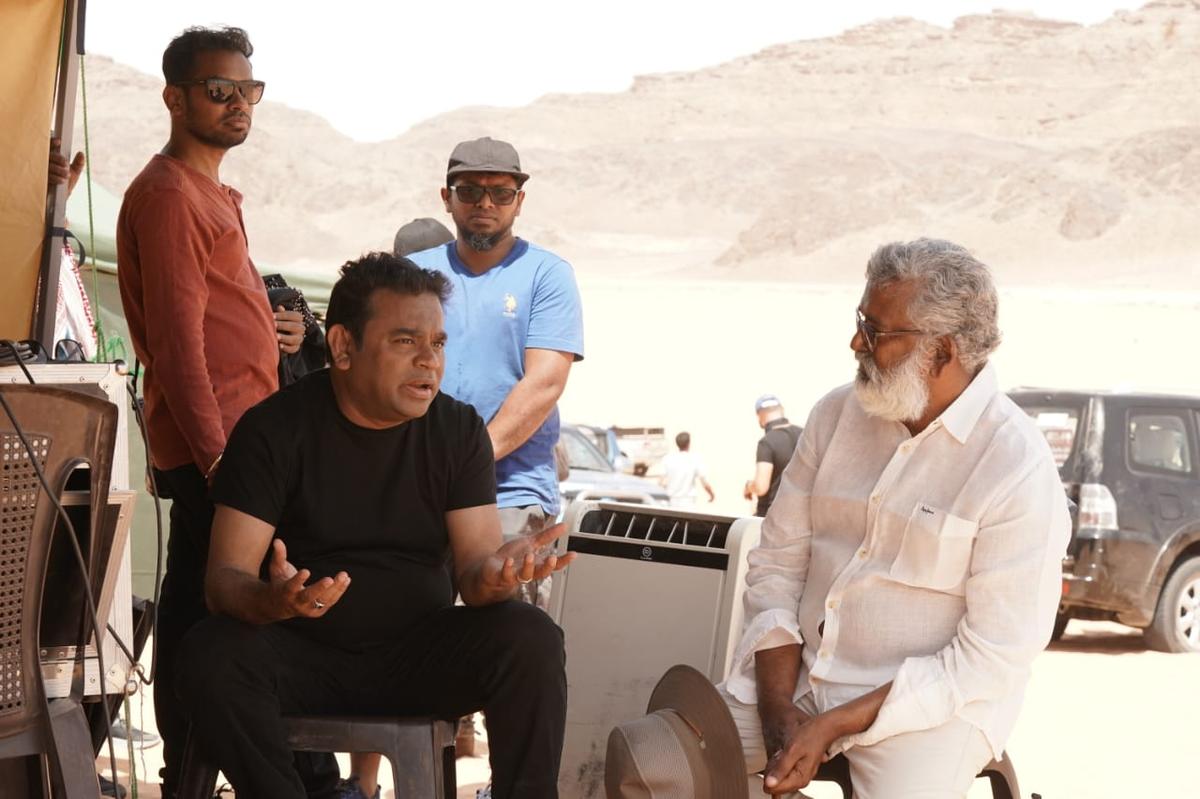
On the sets of ‘Aadujeevitham – The Goat Life’
How did you ensure that the visual spectacle did not overshadow Najib’s internal conflict?
As a director, I have always believed deeply in the power of raw human emotions on screen. In this film, nature itself became a character – a silent but powerful presence with its own emotional journey, which I attempted to convey as deeply as the human story.

Each shot in the film was thoughtfully composed to reflect the characters’ emotions, with shot breakdowns carefully designed to match the pace and changing emotional states of the protagonists. During the escape, the frame rate was adjusted to reflect Najib’s waning energy during his journey. Top-angle shots were used sparingly; For example, at the beginning of the Arabic song, as Khadiri prays for divine assistance, the camera pulls back infinitely, symbolizing his prayer rising toward heaven. Wide shots were used to capture the vastness, isolation and terrifying fear of the desert.
What was the biggest challenge in adapting such a large book?
In literature chapters can stand on their own, but cinema requires a continuous emotional flow. In the book, the story is conveyed through the protagonist’s internal monologue, his feelings expressed through words. However, in cinema, we needed to express our emotions through actions to connect with the audience. The Arabic dialogues in the book have been translated into Malayalam, but in the film we have retained the Arabic language to maintain authenticity.
Why have you kept any reference to Najeeb’s carnal desires out of the film?
Najib’s decision to flee the desert is rooted in his undying love for his wife Sainu. This love becomes his support, the force that keeps him going, even when every part of him wants to give up. It is not just his will to survive, but also the thought of him that propels him through the unbearable trials of the desert. His emotional journey takes a different path than the book. For me, it is the unbreakable bond he shares with his family, especially his wife, that becomes his true source of strength, helping him find the resilience to overcome and survive the darkest moments. .
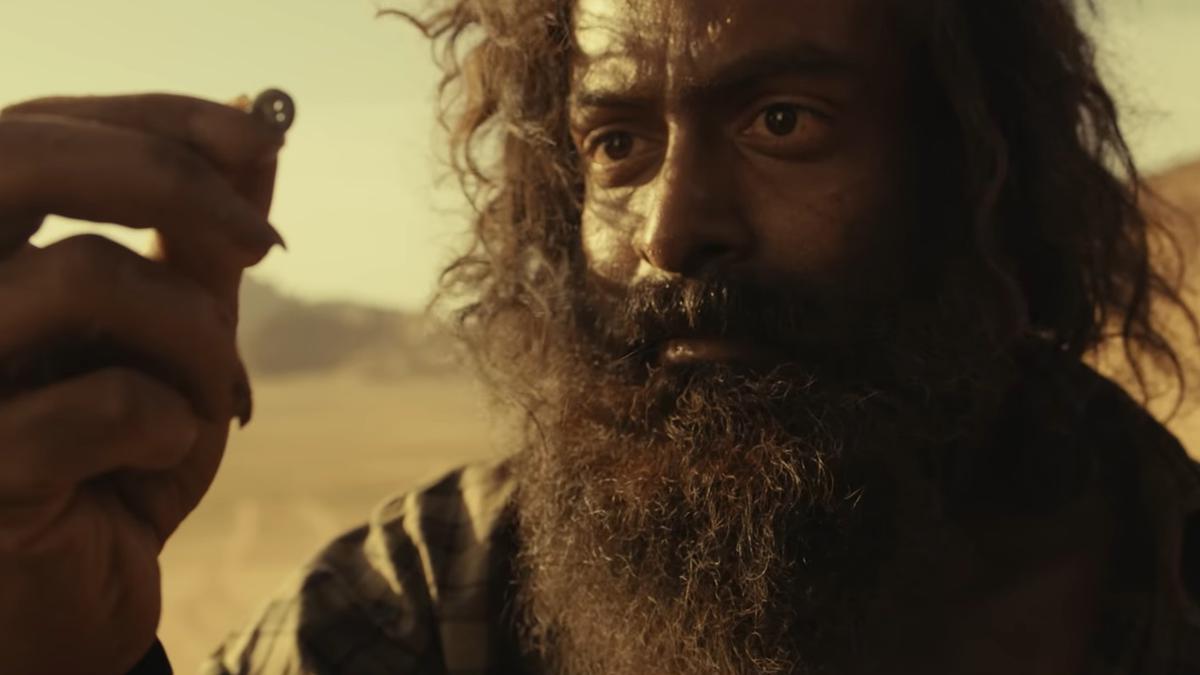
Prithviraj Sukumaran as Najeeb in ‘The Goat Life’
Explain the symbolism behind an empty Coke bottle in the middle of the desert?
The Coke bottle is a symbol of hope, a description of which is not found in the original book. This simple object makes the hero feel a little comfort. Feeling defeated, he throws the bottle but as it hits the sand, the wind speeds up, creating a low, humming sound. Attracted by it, he picks the bottle back up and keeps it close, reminding him of Khadiri and what he values most. This bottle, small and seemingly insignificant, becomes his silent companion, giving him the strength to carry on. For me this moment highlights a deep truth: On difficult journeys, people are not the only ones who support us. Sometimes, even the simplest things can give us hope.
Najib’s plight highlights the Kafala system in West Asia which human rights groups criticize for its exploitative nature…
The story is based on the 1990s. The Kafala system is less common today. This book has reached readers across India and beyond and I believe its impact has helped change labor laws in the Middle East.
Interestingly, masters and slaves follow the same faith…
Slavery is not tied to religion; This is basically a matter of humanity. The practice dates back to ancient times, and while traditional slavery persists in some forms, intellectual slavery is prevalent in the 21st century. Every revolution arises from this struggle, as history shows us again and again. Humanity must persist.
published – November 14, 2024 03:36 PM IST
